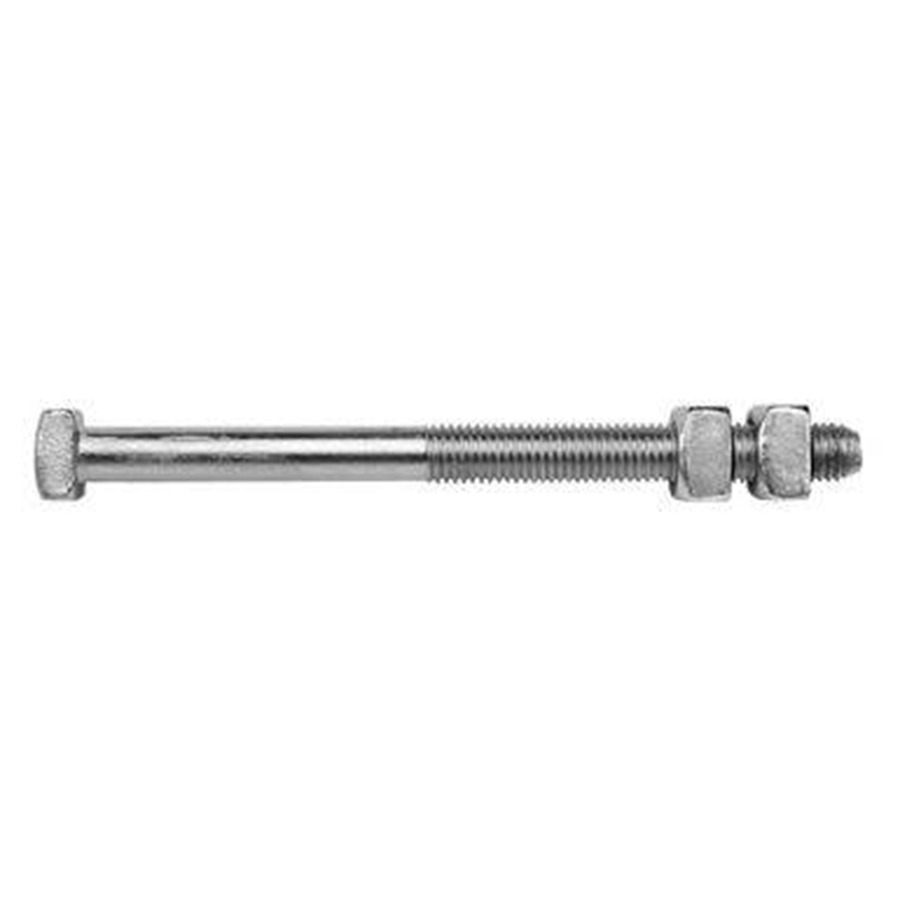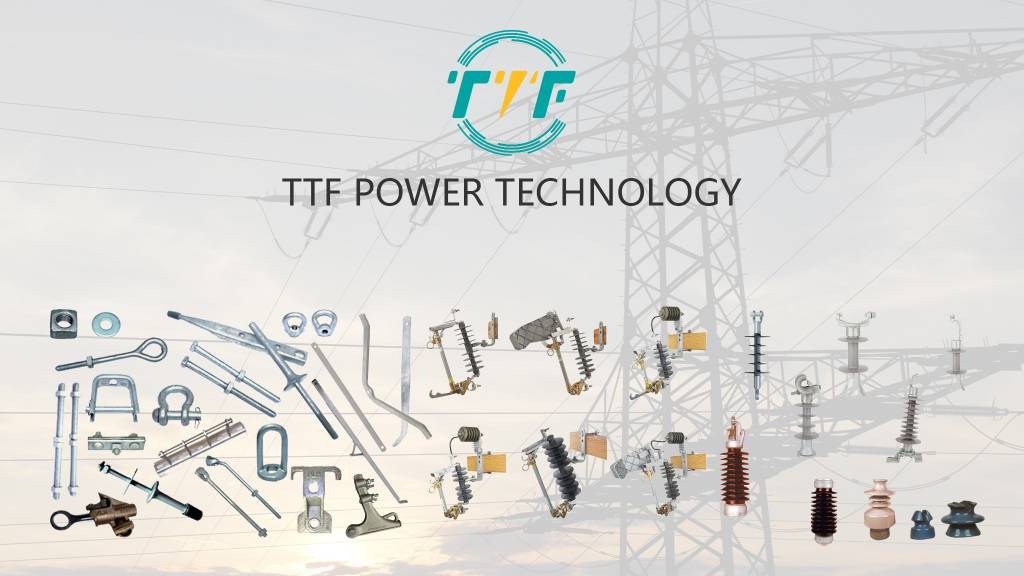
Zelestra, a global clean energy developer, and Celepsa signed a long-term power purchase agreement (PPA) to support the construction of a 238 MWdc solar PV plant in Peru. The PPA secures the supply of 450 GWh of renewable energy annually from Zelestra to Celepsa. The deal expands Zelestra’s contracted solar PV portfolio in Peru to over 530 MWdc, reinforcing the country’s position as a rising market for utility-scale solar in South America. Solar energy produced can support the electrical grid by enhancing energy security. It will also decentralize electricity production to bring power to underserved regions in Peru. Zelestra’s solar PV farm combines innovation, sustainability, and investment confidence. This positions Peru as a rising market for utility-scale solar in South America. Cable suspension bolts plays a crucial role in the electrical infrastructure of the utility-scale solar farm.
The cable suspension bolts serve in racking systems to securely suspend and route DC cables and AC cables. They prevent cable sagging, abrasion, and damage from wind, rain, or wildlife. The bolts help maintain safe clearance distances between cables and the ground to prevent short circuits or fires. They integrate with mounting systems by attaching to solar tracker posts to organize wiring neatly to reduce installation time and maintenance costs. The 238 MWdc farm demands cabling systems, including the suspension bolts, to ensure reliability and reduce downtime. Proper cable management is crucial for delivering power to Celepsa’s offtake points without losses. This makes cable suspension bolts essential for electrical safety, efficiency, and longevity in solar project development.
Cable suspension bolts in solar PV farm development
Cable suspension clamps ensure structural integrity, safety, and performance in large-scale projects like the 238 MWdc solar farm. They are components designed to secure and support overhead electrical cables within a plant. Cable suspension bolts ensure proper tension, spacing, and mechanical protection. This is crucial where miles of cabling connect modules to inverters and inverters to transformers. Additionally, they help bridge engineering excellence with environmental ambition. Here are the roles of cable suspension bolts in solar PV development in Peru.

- Structural support for power distribution—the Zelestra PPA project aims to deliver 450 GWh of solar electricity annually. Cable suspension bolts secure heavy cabling above the ground to prevent sagging. Overtightening can damage cable insulation or reduce electrical efficiency. Cable suspension bolts help maintain a clean and organized installation for maintenance and airflow.
- Environmental resilience—proper use of cable suspension bolts ensures shock absorption during ground movement and prevents cable snapping. They also have anti-corrosive finishes and a durable build that help solar farms last with minimal cable failure.
- Enabling high-efficiency energy transmission—cable suspension bolts help manage the thermal expansion of cables under high load, reducing risks of overheating. Improved grounding and insulation retention reduces electrical fault risks to enhance solar plant safety.
- Ease of maintenance and installation—suspension bolts allow for quick access to cables during upgrades. They also allow reduced likelihood of cable damage during cleaning.
Key barriers to solar PV farm development in Peru by Zelestra and Celepsa’s PPA
The PPA between the two companies is a major step for Peru’s renewable energy sector. It, however, faces various challenges that could delay timelines, increase costs, and reduce impact. Navigating these barriers will need strategic partnerships, community engagement, adaptive engineering, and policy advocacy. Despite these challenges, the Zelestra and Celepsa PPA provides a model of how a well-structured agreement can help overcome these barriers. The following are the key challenges facing solar PV farm development in Peru.

- Grid infrastructure and access—integrating large-scale solar into an aging grid may need costly upgrades. Also, limited grid capacity could delay the connection of new solar capacity.
- Financing—the PPA helps reduce market risk, but exchange rate volatility and inflation in Peru can deter investors or increase the cost of capital. Accessing competitive green financing may be limited without guarantees.
- Supply chain and logistics—solar PV components like panels, inverters, and trackers. Global supply chain disruptions can significantly affect project timelines.
- Intermittency and storage—lack of enough energy storage may limit the integration of large volumes of solar. This may destabilize the electrical grid.
- Lack of skilled labor—large-scale solar projects need trained engineers, technicians, and operations personnel. Lack of skilled labor could lead to recruitment challenges or increased labor costs.